• Receptors provide information about both external

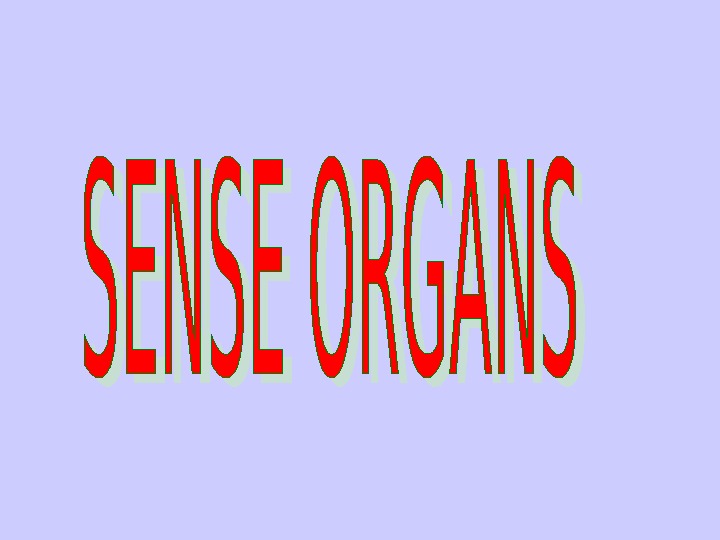
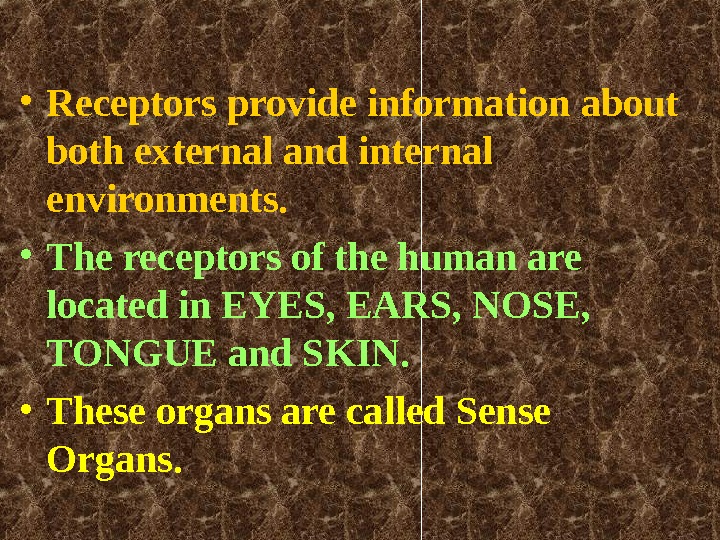

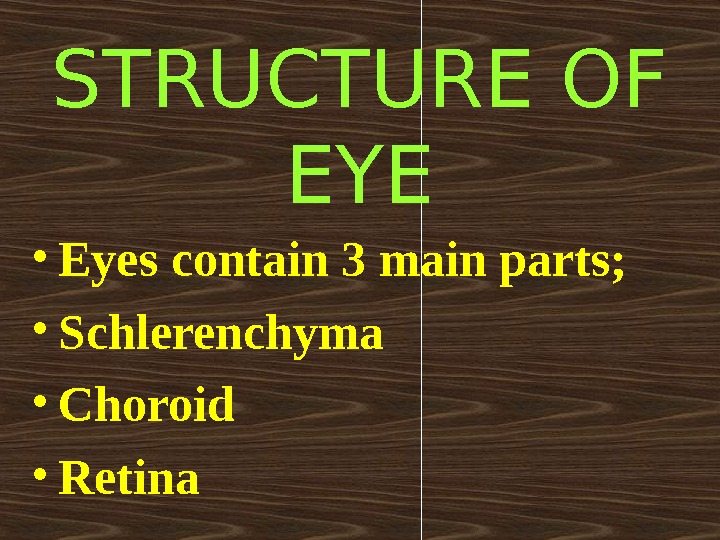

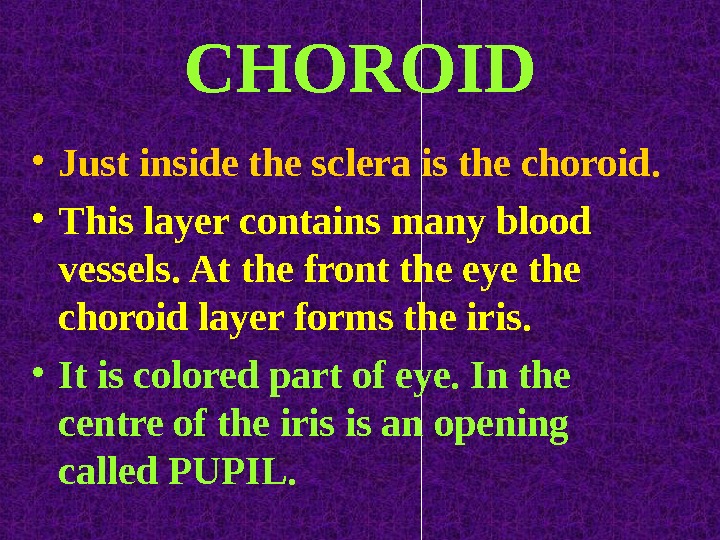
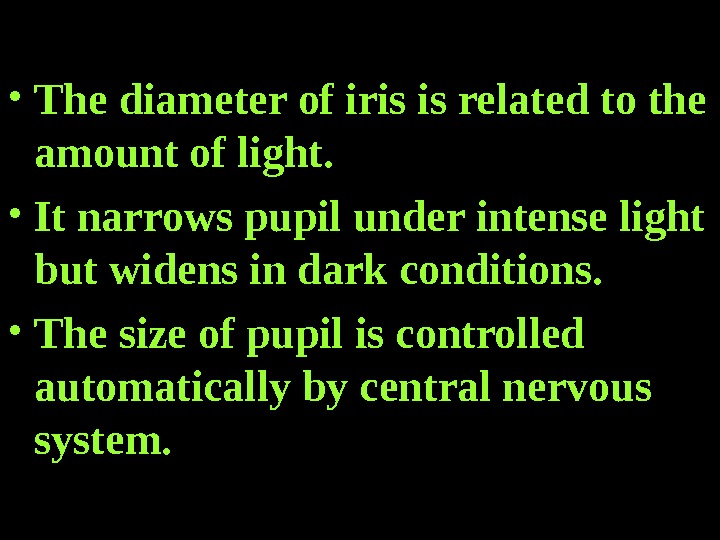
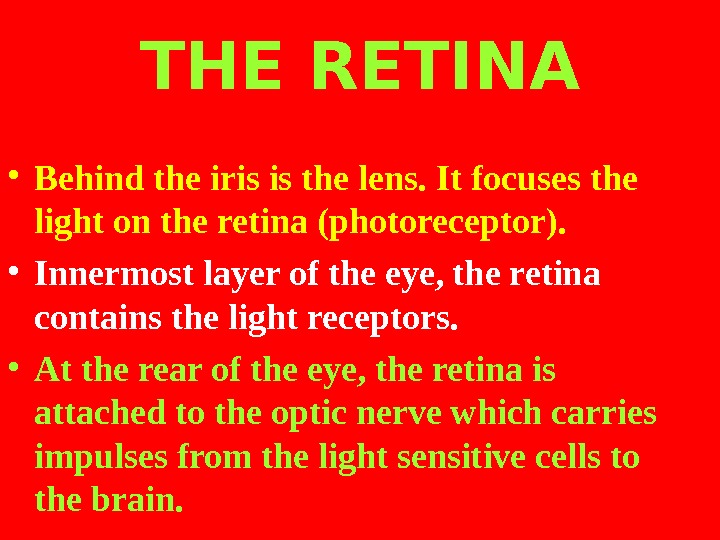
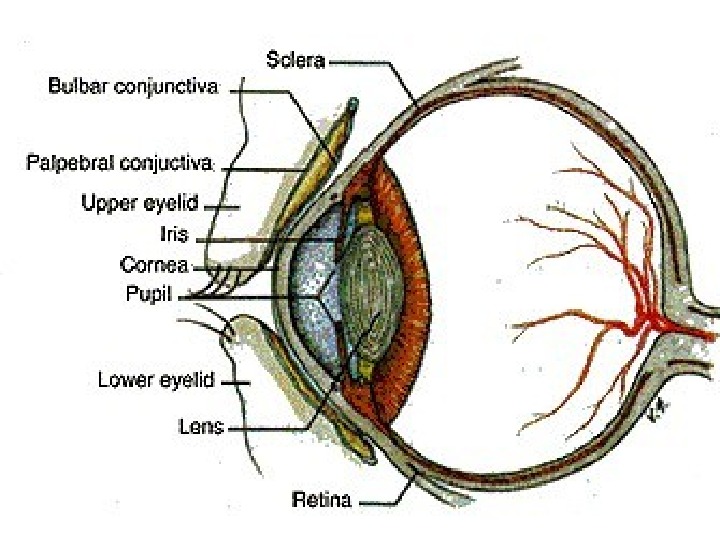

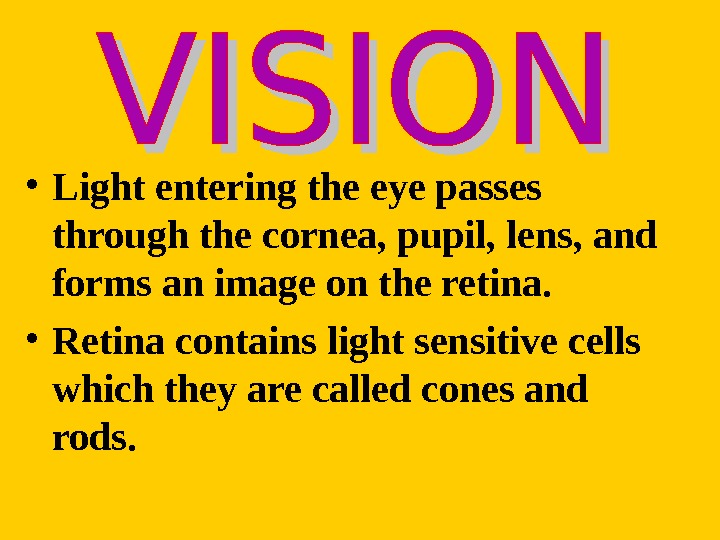
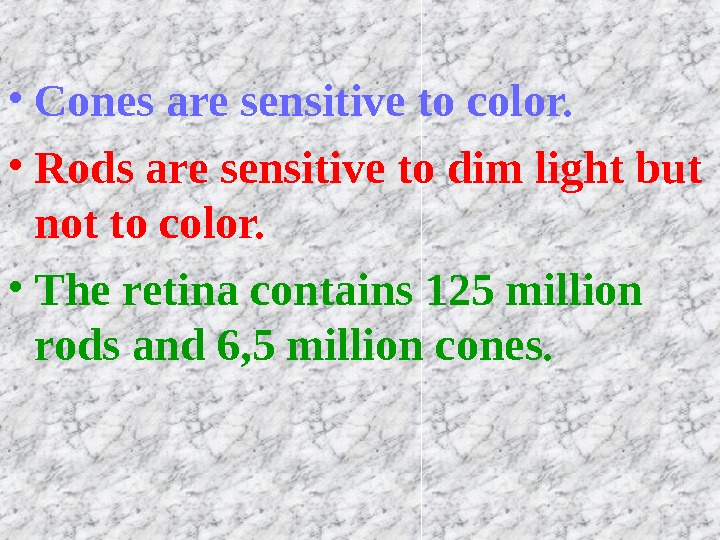
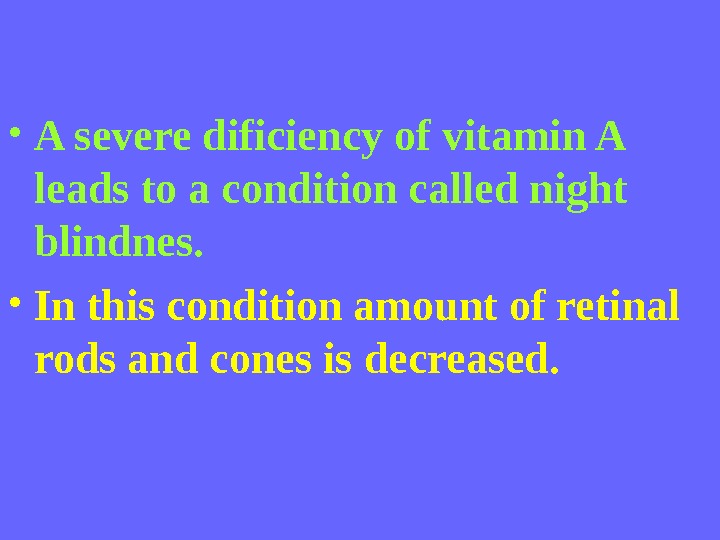
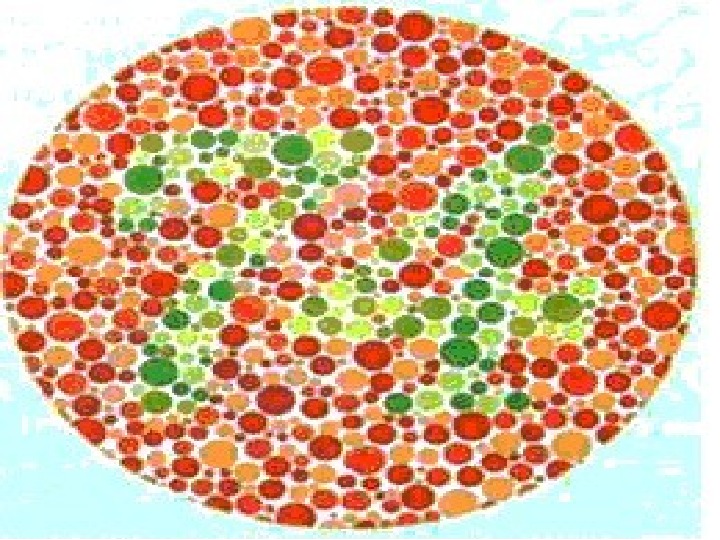
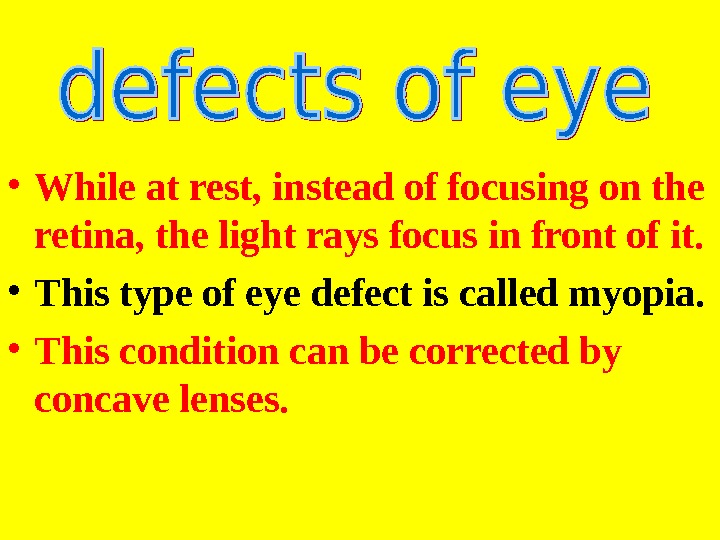
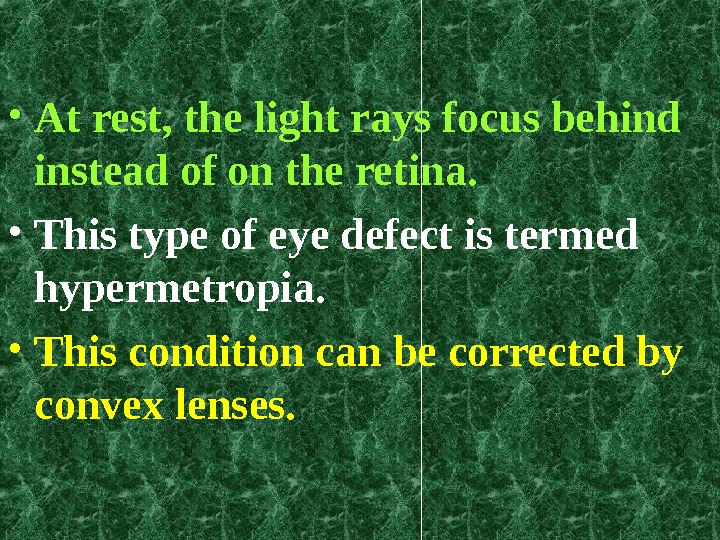
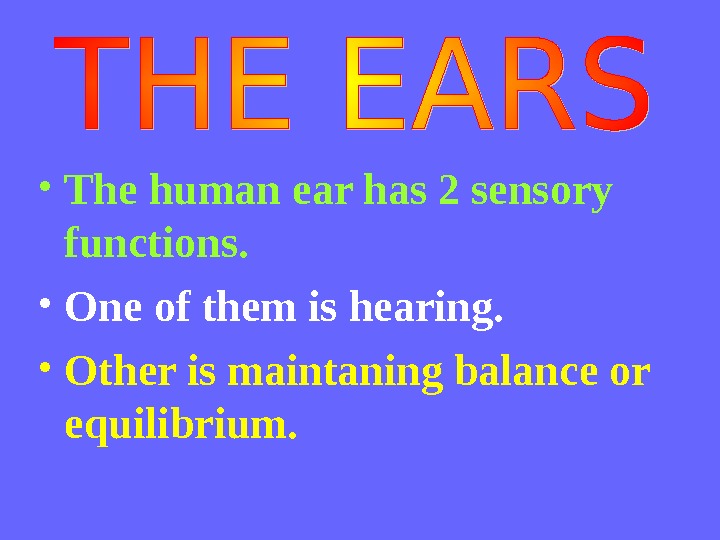

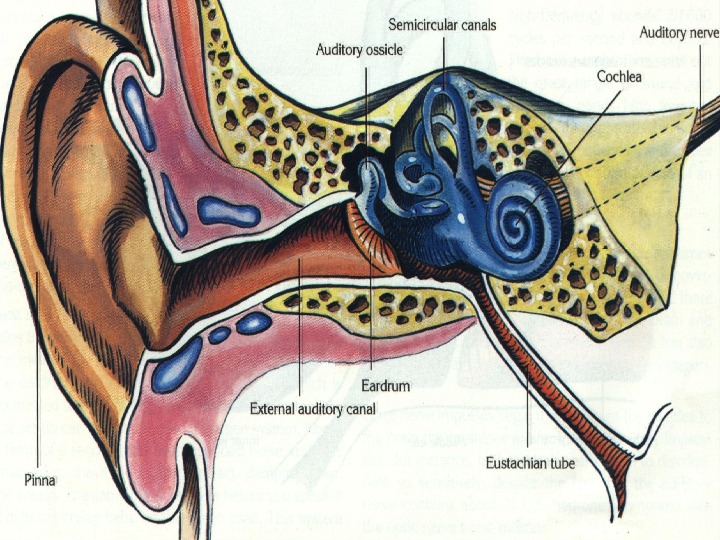
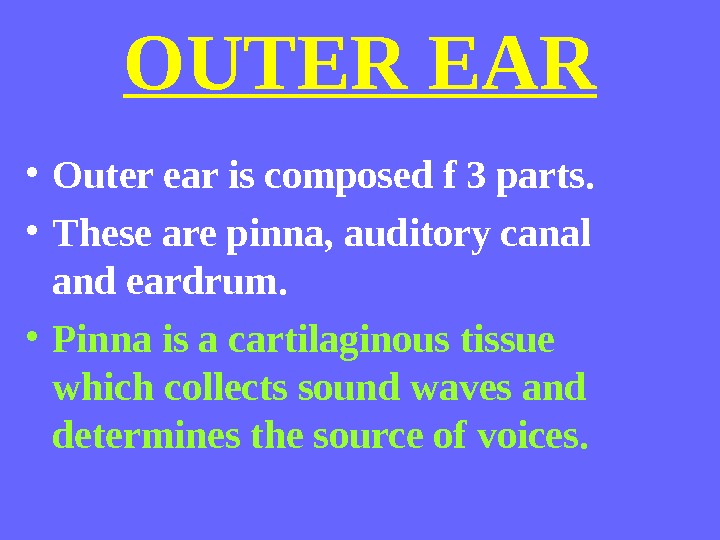
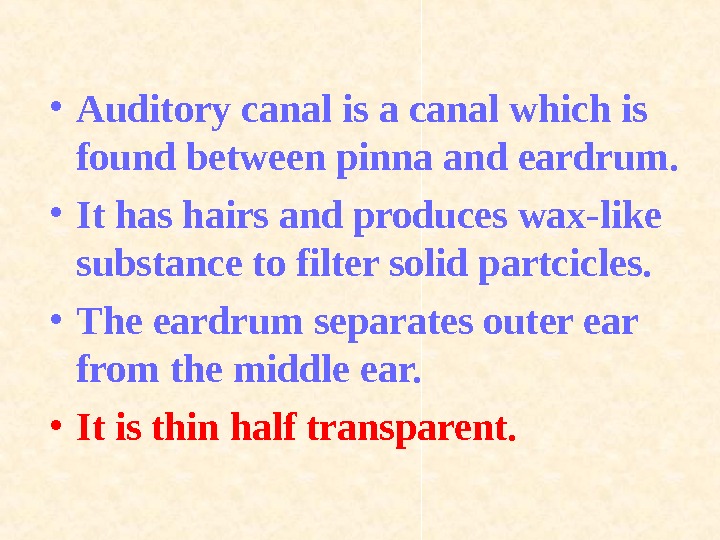
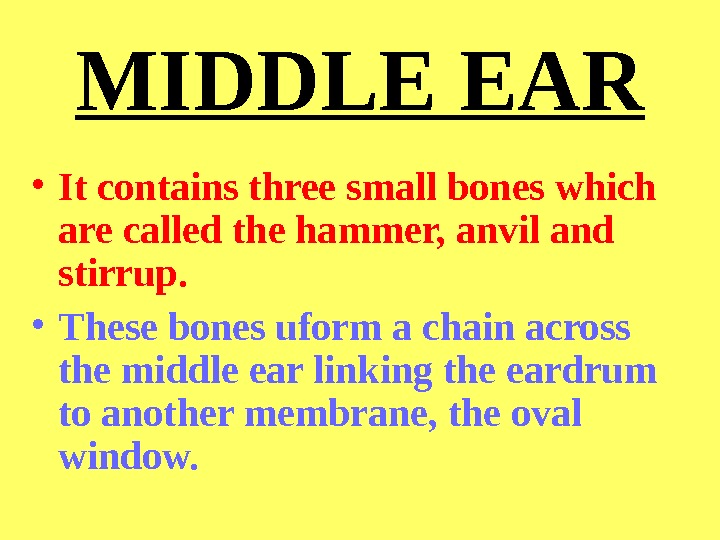
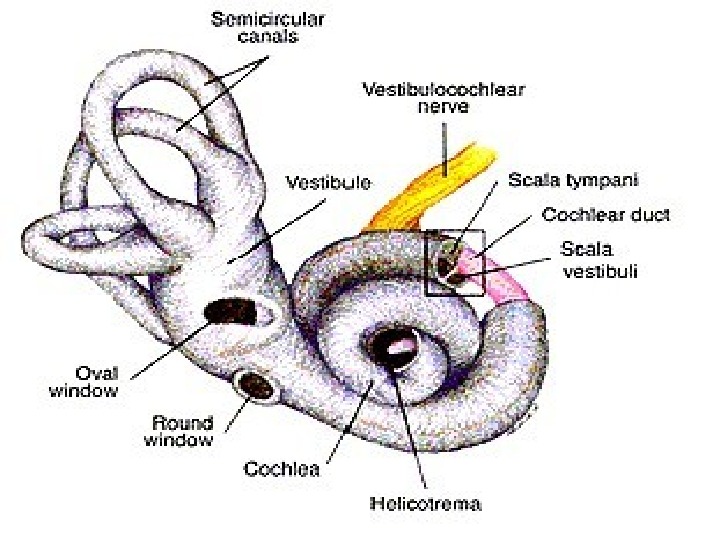
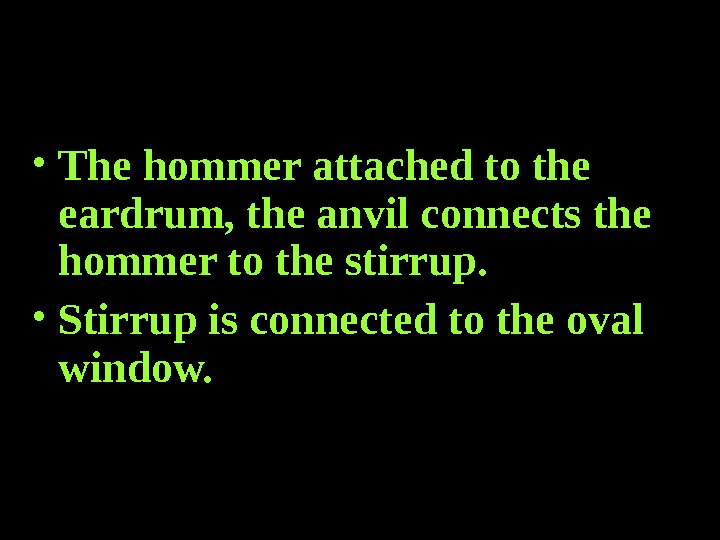

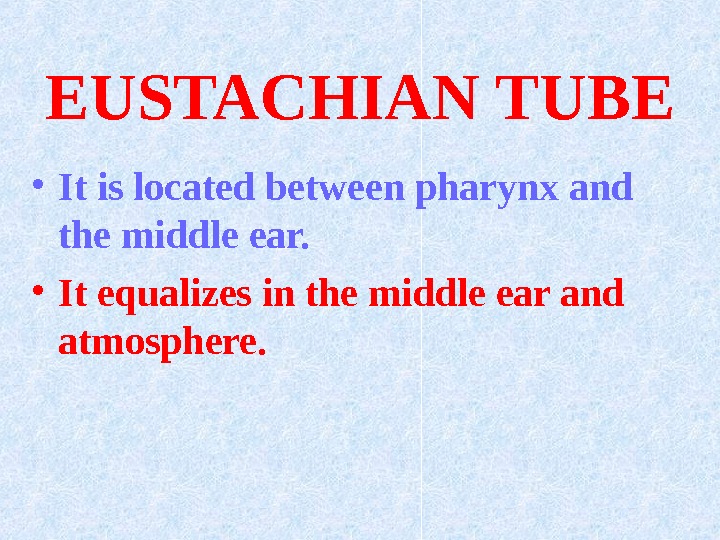
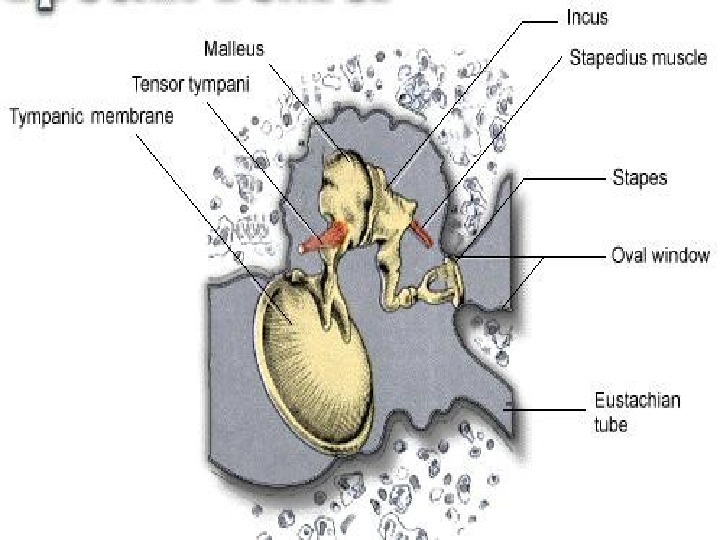

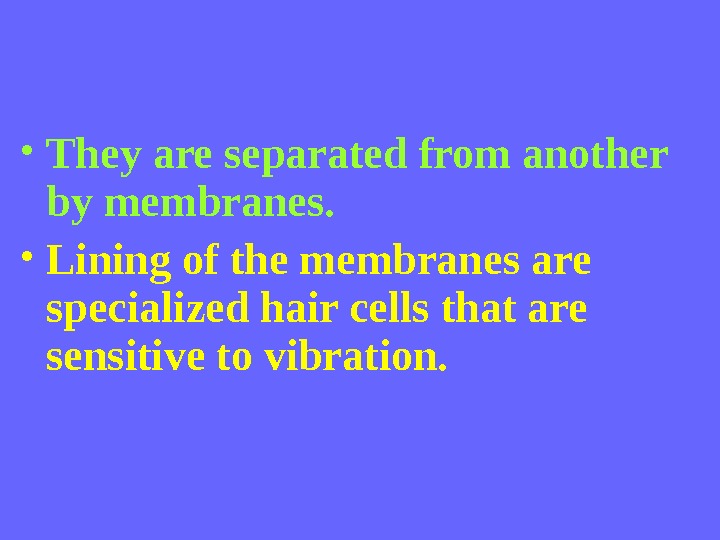
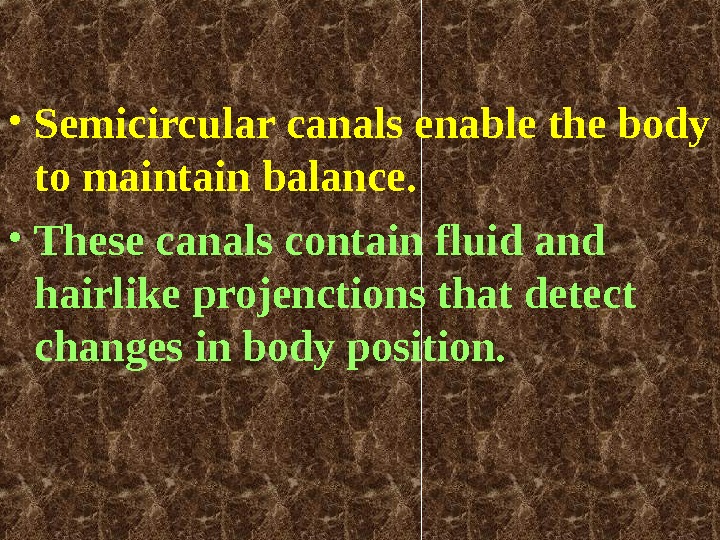
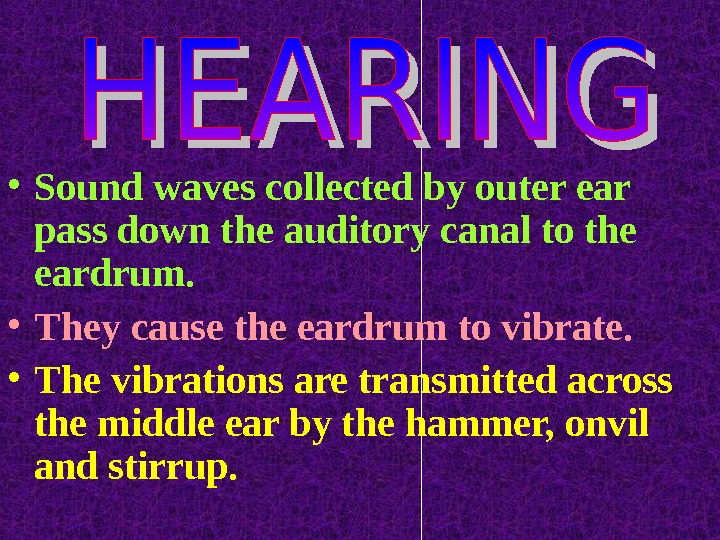
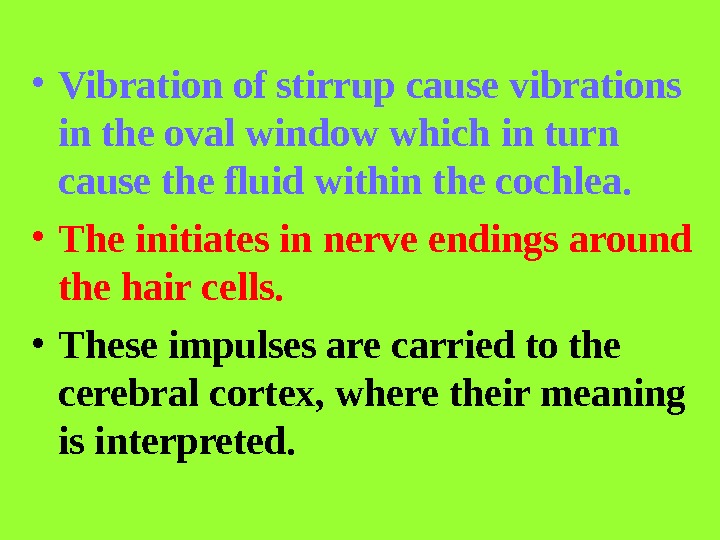
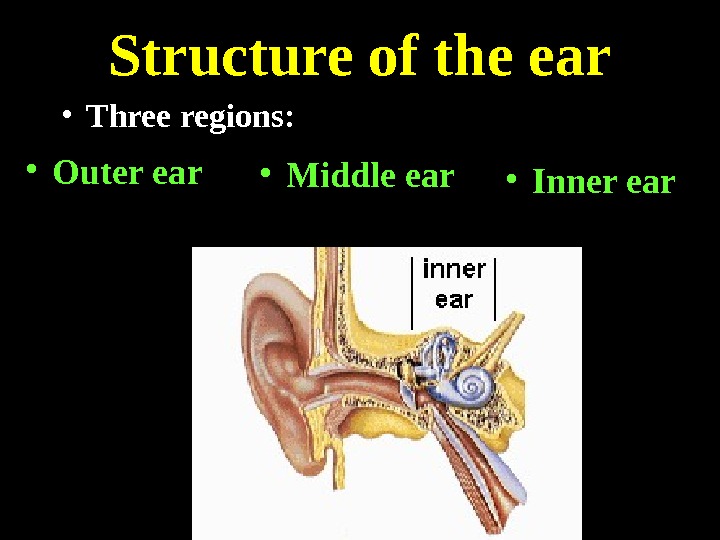

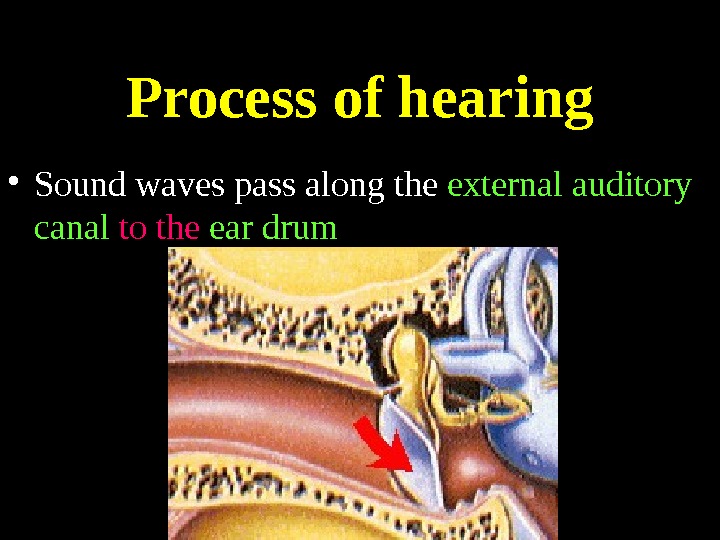
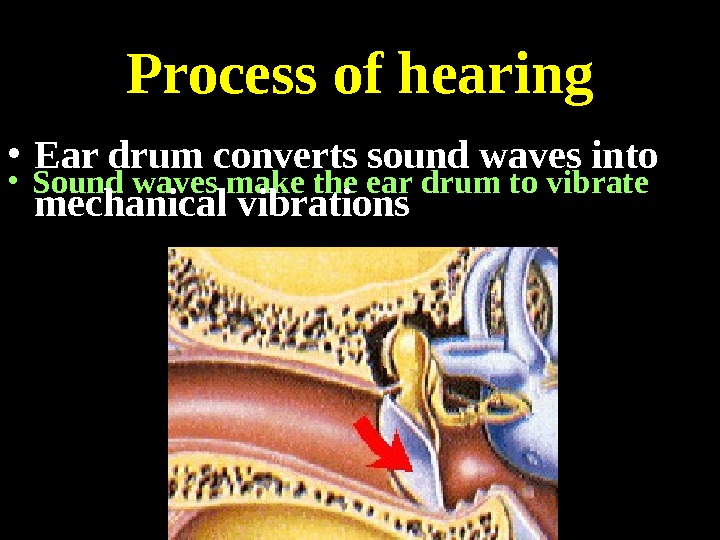
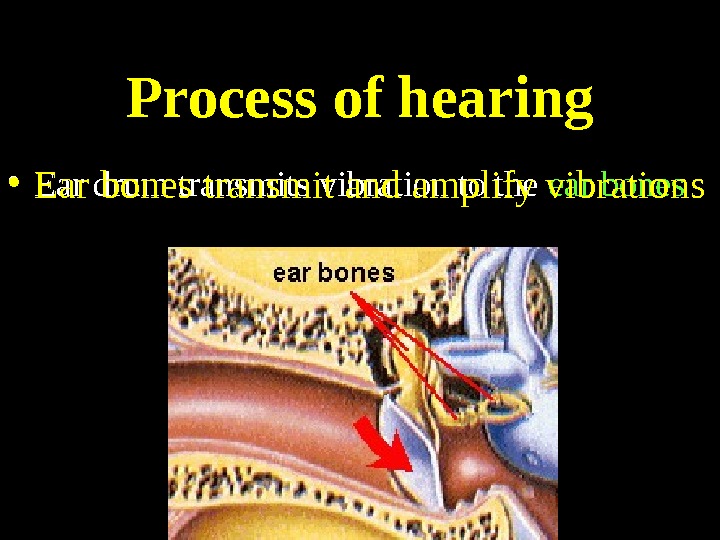
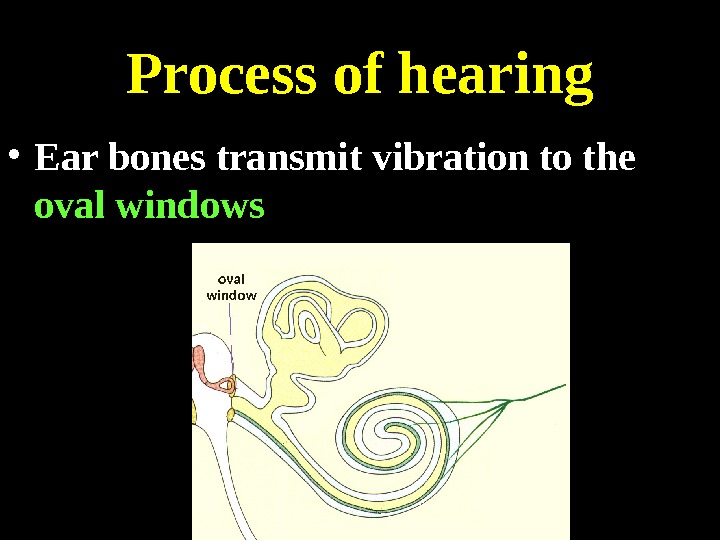
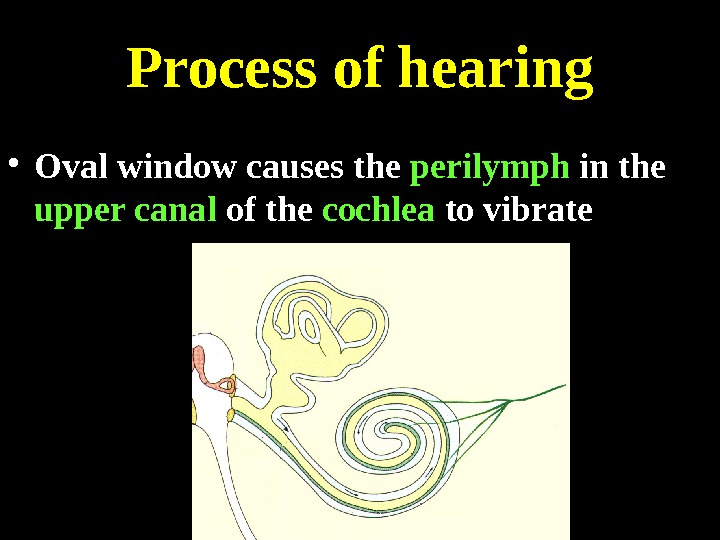
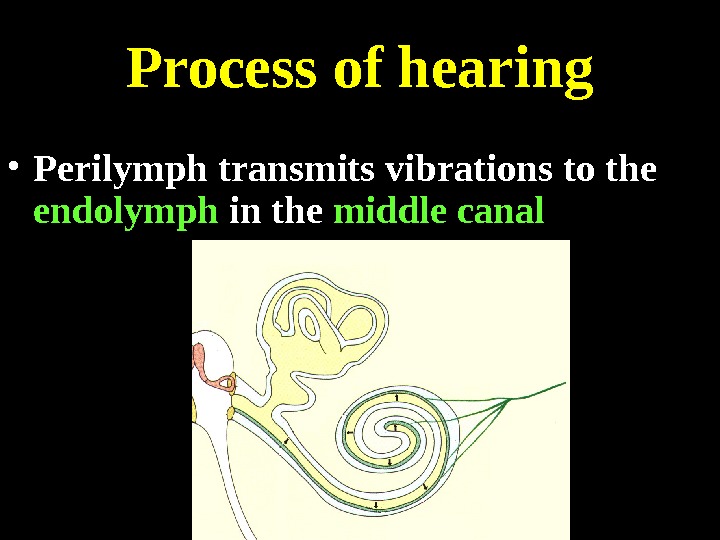
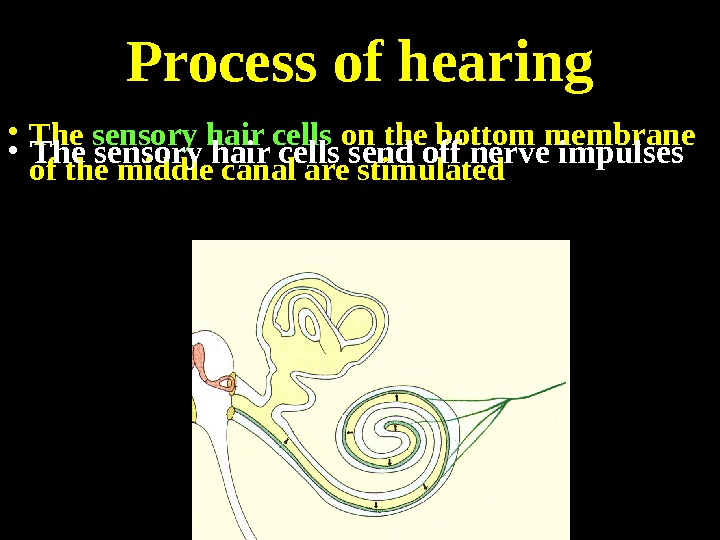
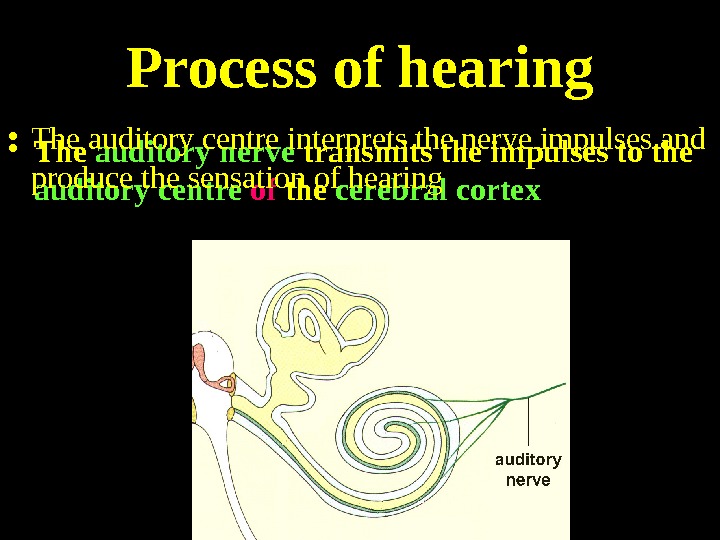

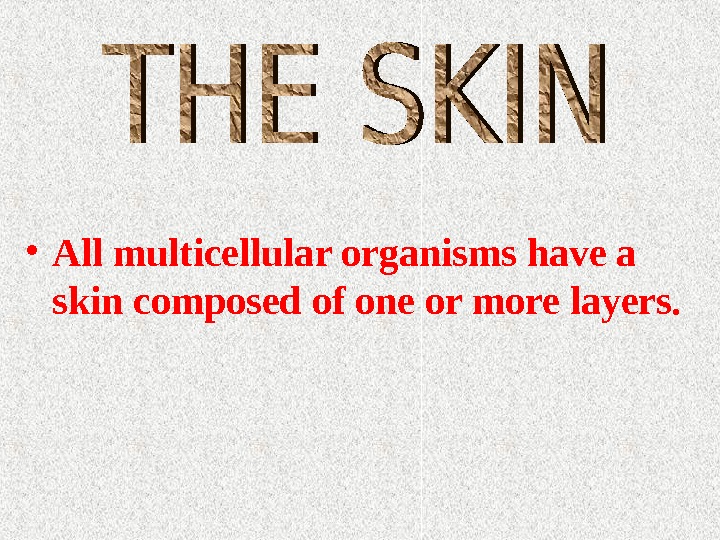
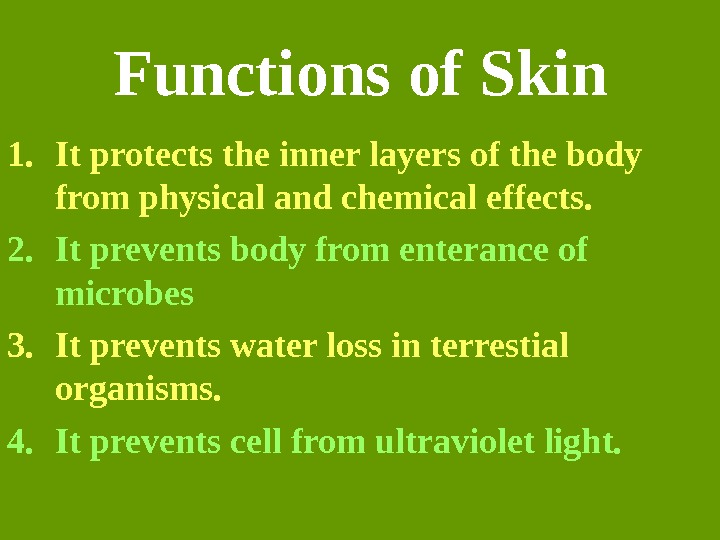
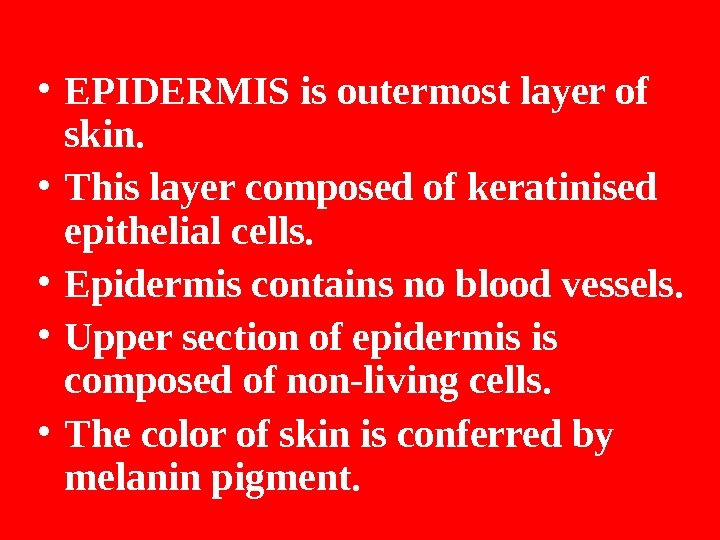
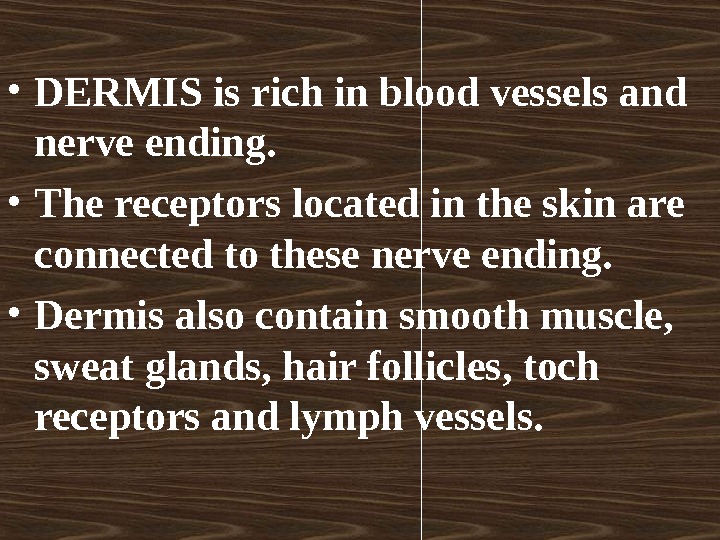

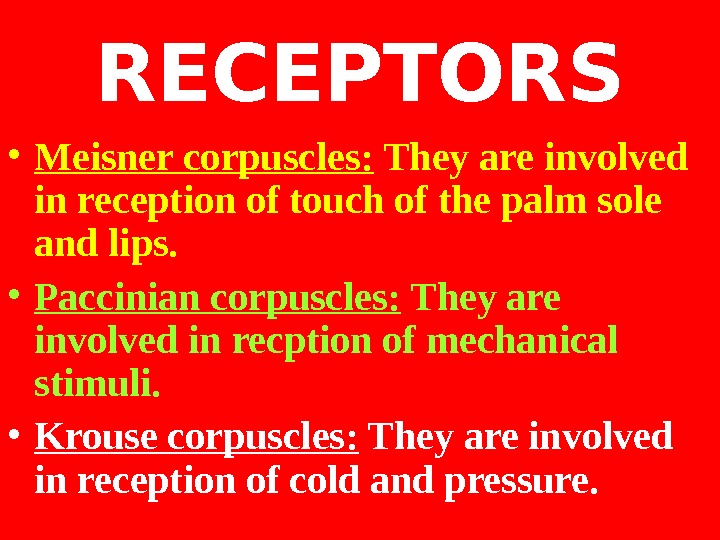
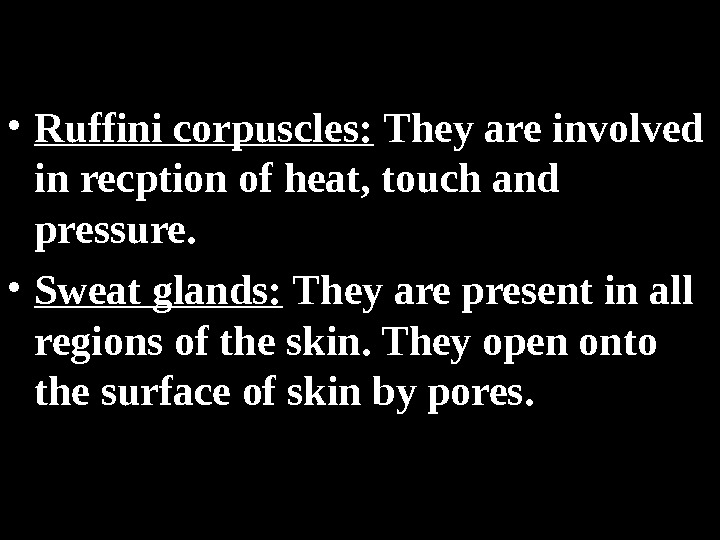
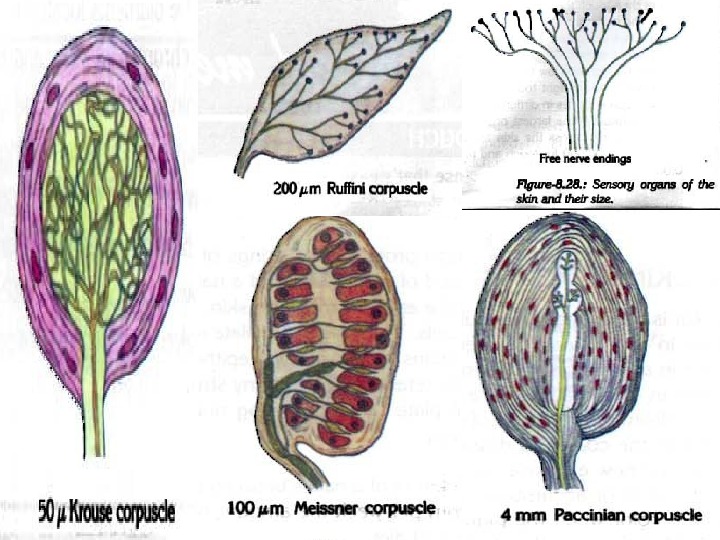


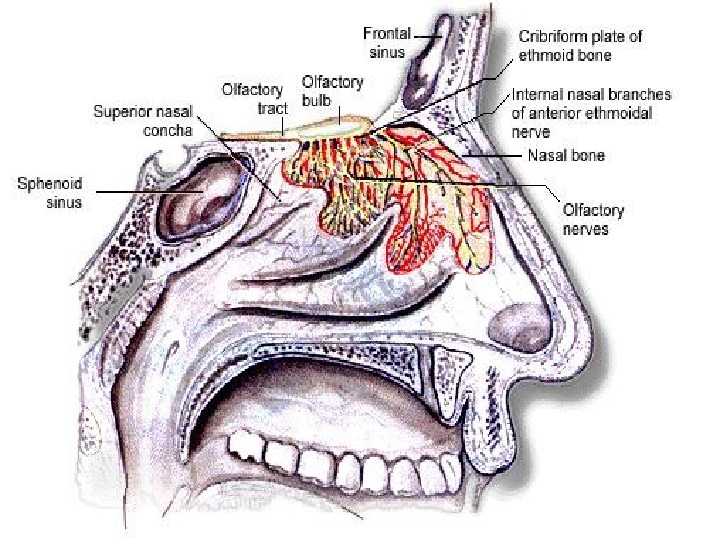


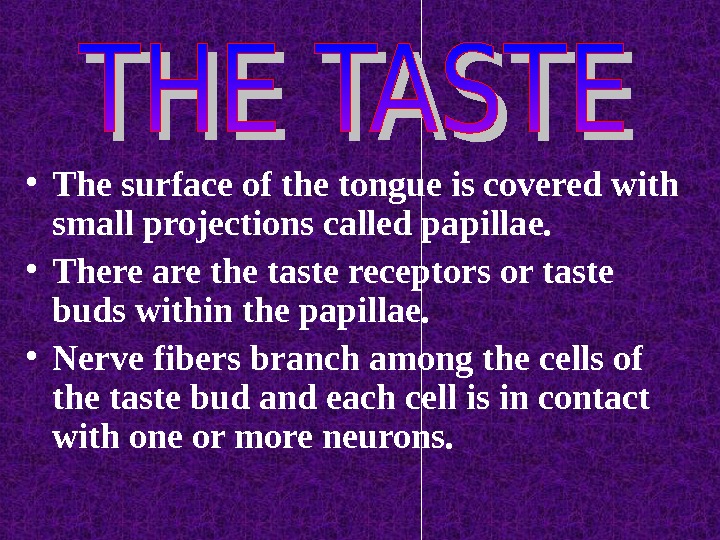
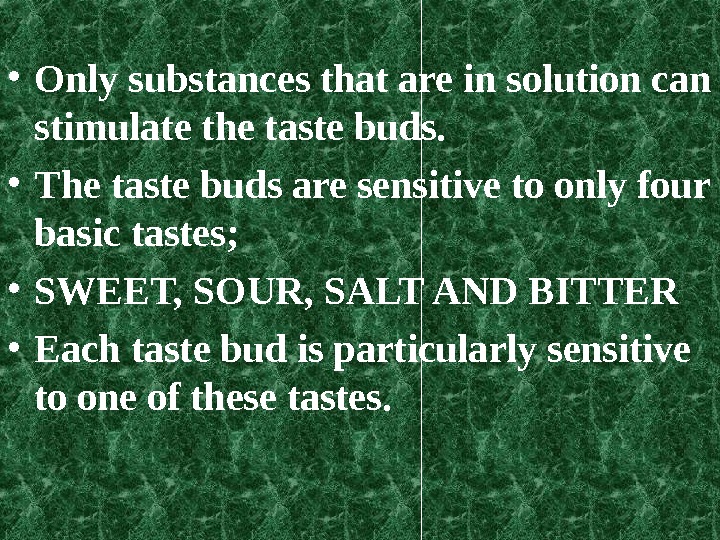
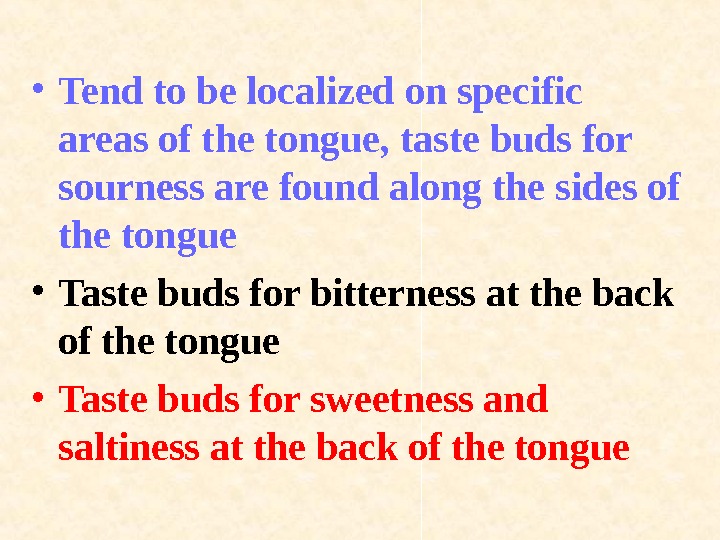
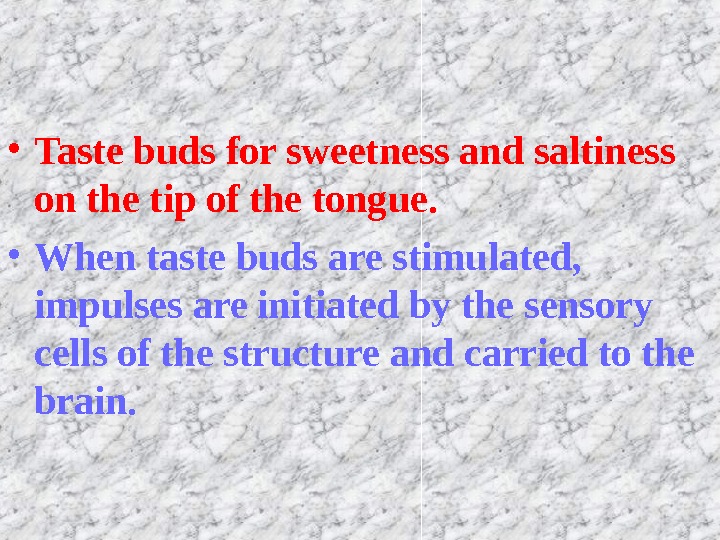
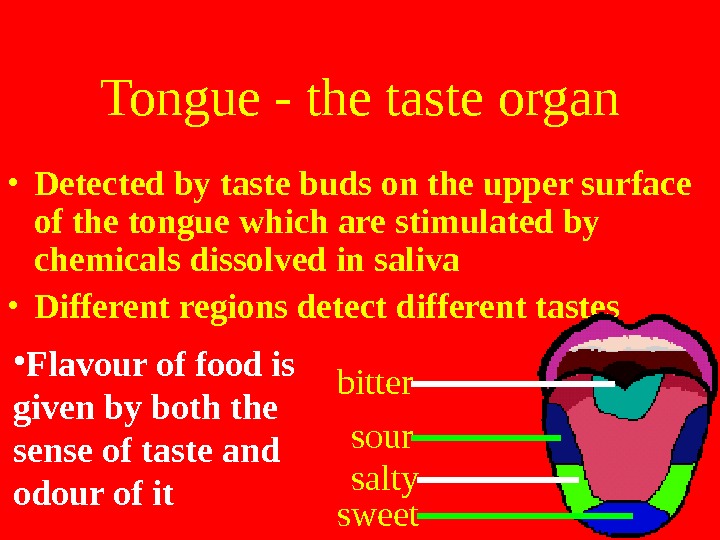
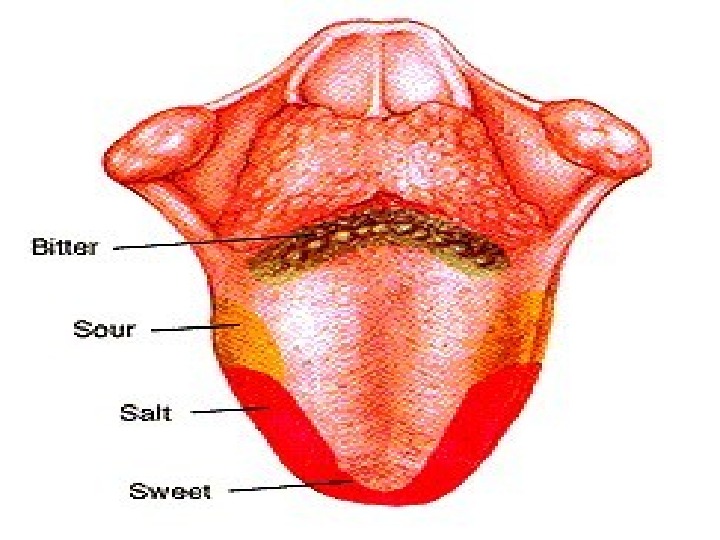
- Размер: 6.3 Mегабайта
- Количество слайдов: 62
Описание презентации • Receptors provide information about both external по слайдам

 • Receptors provide information about both external and internal environments. • The receptors of the human are located in EYE S , EAR S , NOSE, TONGUE and SKIN. • These organs are called Sense Organs.
• Receptors provide information about both external and internal environments. • The receptors of the human are located in EYE S , EAR S , NOSE, TONGUE and SKIN. • These organs are called Sense Organs.
 • It provides more than 80% of the information received about the external environment.
• It provides more than 80% of the information received about the external environment.
 STRUCTURE OF EYE • Eyes contain 3 main parts; • Schlerenchyma • Choroid • Retina
STRUCTURE OF EYE • Eyes contain 3 main parts; • Schlerenchyma • Choroid • Retina
 Schlerenchyma • It is supportive structure of eye that protects inner structures of the eye. • In the front, it bulges and becomes the transparent cornea. • Light enters the eye through cornea.
Schlerenchyma • It is supportive structure of eye that protects inner structures of the eye. • In the front, it bulges and becomes the transparent cornea. • Light enters the eye through cornea.
 CHOROID • Just inside the sclera is the choroid. • This layer contains many blood vessels. At the front the eye the choroid layer forms the iris. • It is colored part of eye. In the centre of the iris is an opening called PUPIL.
CHOROID • Just inside the sclera is the choroid. • This layer contains many blood vessels. At the front the eye the choroid layer forms the iris. • It is colored part of eye. In the centre of the iris is an opening called PUPIL.
 • The diameter of iris is related to the amount of light. • It narrow s pupil under intense light but widens in dark conditions. • The size of pupil is controlled automatically by central nervous system.
• The diameter of iris is related to the amount of light. • It narrow s pupil under intense light but widens in dark conditions. • The size of pupil is controlled automatically by central nervous system.
 THE RETINA • Behind the iris is the lens. It focuses the light on the retina (photoreceptor). • Innermost layer of the eye, the retina contains the light receptor s. • At the rear of the eye, the retina is attached to the optic nerve which carries impulses from the light sensitive cells to the brain.
THE RETINA • Behind the iris is the lens. It focuses the light on the retina (photoreceptor). • Innermost layer of the eye, the retina contains the light receptor s. • At the rear of the eye, the retina is attached to the optic nerve which carries impulses from the light sensitive cells to the brain.


 • Light entering the eye passes through the cornea, pupil, lens, and forms an image on the retina. • Retina contains light sensitive cells which they are called cones and rod s.
• Light entering the eye passes through the cornea, pupil, lens, and forms an image on the retina. • Retina contains light sensitive cells which they are called cones and rod s.
 • Cones are sensitive to color. • Rods are sensitive to dim light but not to color. • The retina contains 125 million rods and 6, 5 million cones.
• Cones are sensitive to color. • Rods are sensitive to dim light but not to color. • The retina contains 125 million rods and 6, 5 million cones.
 • A severe dificiency of vitamin A leads to a condition called night blindnes. • In this condition amount of retinal rods and cones is decreased.
• A severe dificiency of vitamin A leads to a condition called night blindnes. • In this condition amount of retinal rods and cones is decreased.

 • While at rest, instead of focusing on the retina, the light rays fo c us in front of it. • This type of eye defect is called myopia. • This condition can be corrected by concave lens es.
• While at rest, instead of focusing on the retina, the light rays fo c us in front of it. • This type of eye defect is called myopia. • This condition can be corrected by concave lens es.
 • At rest, the light rays focus behind instead of on the retina. • This type of eye defect is termed hypermetropia. • This condition can be corrected by convex lens es.
• At rest, the light rays focus behind instead of on the retina. • This type of eye defect is termed hypermetropia. • This condition can be corrected by convex lens es.
 • The human ear has 2 sensory functions. • One of them is hearing. • Other is maintaning balance or equ i librium.
• The human ear has 2 sensory functions. • One of them is hearing. • Other is maintaning balance or equ i librium.
 Structure of ears • Ears contains 3 main parts; – Outer ear, – The middle ear – Inner ear
Structure of ears • Ears contains 3 main parts; – Outer ear, – The middle ear – Inner ear

 OUTER EAR • Outer ear is composed f 3 parts. • These are pinna, auditory canal and eardrum. • Pinna is a cartilaginous tissue which collects sound waves and determines the source of voices.
OUTER EAR • Outer ear is composed f 3 parts. • These are pinna, auditory canal and eardrum. • Pinna is a cartilaginous tissue which collects sound waves and determines the source of voices.
 • Auditory canal is a canal which is found between pinna and eardrum. • It has hairs and produces wax-like substance to filter solid partcicles. • The eardrum separates outer ear from the middle ear. • It is thin half transparent.
• Auditory canal is a canal which is found between pinna and eardrum. • It has hairs and produces wax-like substance to filter solid partcicles. • The eardrum separates outer ear from the middle ear. • It is thin half transparent.
 MIDDLE EAR • It contains three small bones which are called the hammer, anvil and stirrup. • These bones uform a chain across the middle ear linking the eardrum to another membrane, the oval window.
MIDDLE EAR • It contains three small bones which are called the hammer, anvil and stirrup. • These bones uform a chain across the middle ear linking the eardrum to another membrane, the oval window.

 • The hommer attached to the eardrum, the anvil connects the hommer to the stirrup. • Stirrup is connected to the oval window.
• The hommer attached to the eardrum, the anvil connects the hommer to the stirrup. • Stirrup is connected to the oval window.

 EUSTACHIAN TUBE • It is located between pharynx and the middle ear. • It equalizes in the middle ear and atmosphere.
EUSTACHIAN TUBE • It is located between pharynx and the middle ear. • It equalizes in the middle ear and atmosphere.

 THE INNER EAR • It consists of the cochlea and semicircular canals. • Cochlea is organ of hearing which consists of coiled, liquid-filled tubes.
THE INNER EAR • It consists of the cochlea and semicircular canals. • Cochlea is organ of hearing which consists of coiled, liquid-filled tubes.
 • They are separated from another by membranes. • Lining of the membranes are specialized hair cells that are sensitive to vibration.
• They are separated from another by membranes. • Lining of the membranes are specialized hair cells that are sensitive to vibration.
 • Semicircular canals enable the body to maintain balance. • These c an als contain fluid and hairlike projenctions that detect changes in body position.
• Semicircular canals enable the body to maintain balance. • These c an als contain fluid and hairlike projenctions that detect changes in body position.
 • Sound waves collected by outer ear pass down the auditory canal to the eardrum. • They cause the eardrum to vibrate. • The vibrations are transmitted across the middle ear by the hammer, onvil and stirrup.
• Sound waves collected by outer ear pass down the auditory canal to the eardrum. • They cause the eardrum to vibrate. • The vibrations are transmitted across the middle ear by the hammer, onvil and stirrup.
 • Vibration of stirrup cause vibrations in the oval window which in turn cause the fluid within the cochlea. • The initiates in nerve endings around the hair cells. • These impulses are carried to the cerebral cortex, where their meaning is interpreted.
• Vibration of stirrup cause vibrations in the oval window which in turn cause the fluid within the cochlea. • The initiates in nerve endings around the hair cells. • These impulses are carried to the cerebral cortex, where their meaning is interpreted.
 Structure of the ear • Three regions: • Outer ear • Middle ear • Inner ear
Structure of the ear • Three regions: • Outer ear • Middle ear • Inner ear
 Process of hearing • Sound waves are collected by the ear pinna
Process of hearing • Sound waves are collected by the ear pinna
 Process of hearing • Sound waves pass along the external auditory canal to the ear drum
Process of hearing • Sound waves pass along the external auditory canal to the ear drum
 Process of hearing • Sound waves make the ear drum to vibrate • Ear drum converts sound waves into mechanical vibrations
Process of hearing • Sound waves make the ear drum to vibrate • Ear drum converts sound waves into mechanical vibrations
 Process of hearing • Ear drum transmits vibration to the ear bones • Ear bones transmit and amplify vibrations
Process of hearing • Ear drum transmits vibration to the ear bones • Ear bones transmit and amplify vibrations
 Process of hearing • Ear bones transmit vibration to the oval windows
Process of hearing • Ear bones transmit vibration to the oval windows
 Process of hearing • Oval window causes the perilymph in the upper canal of the cochlea to vibrate
Process of hearing • Oval window causes the perilymph in the upper canal of the cochlea to vibrate
 Process of hearing • Perilymph transmits vibrations to the endolymph in the middle canal
Process of hearing • Perilymph transmits vibrations to the endolymph in the middle canal
 Process of hearing • The sensory hair cells on the bottom membrane of the middle canal are stimulated • The sensory hair cells send off nerve impulses
Process of hearing • The sensory hair cells on the bottom membrane of the middle canal are stimulated • The sensory hair cells send off nerve impulses
 Process of hearing • The auditory nerve transmits the impulses to the auditory centre of the cerebral cortex • The auditory centre interprets the nerve impulses and produce the sensation of hearing
Process of hearing • The auditory nerve transmits the impulses to the auditory centre of the cerebral cortex • The auditory centre interprets the nerve impulses and produce the sensation of hearing
 Process of hearing • The vibrations of perilymph are transmitted to the round window • Round window bulges outwards into the middle ear cavity to release pressure
Process of hearing • The vibrations of perilymph are transmitted to the round window • Round window bulges outwards into the middle ear cavity to release pressure
 • All multicellular organisms have a skin composed of one or more layers.
• All multicellular organisms have a skin composed of one or more layers.
 Functions of Skin 1. It protects the inner layers of the body from physical and chemical effects. 2. It prevents body from enterance of microbes 3. It prevents water loss in terrestial organisms. 4. It prevents cell from ultraviolet light.
Functions of Skin 1. It protects the inner layers of the body from physical and chemical effects. 2. It prevents body from enterance of microbes 3. It prevents water loss in terrestial organisms. 4. It prevents cell from ultraviolet light.
 • EPIDERMIS is outermost layer of skin. • This layer composed of keratinised epithelial cells. • Epidermis contains no blood vessels. • Upper section of epidermis is composed of non-living cells. • The color of skin is conferred by melanin pigment.
• EPIDERMIS is outermost layer of skin. • This layer composed of keratinised epithelial cells. • Epidermis contains no blood vessels. • Upper section of epidermis is composed of non-living cells. • The color of skin is conferred by melanin pigment.
 • DERMIS is rich in blood vessels and nerve ending. • The receptors located in the skin are connected to these nerve ending. • Dermis also contain smooth muscle, sweat glands, hair follicles, toch receptors and lymph vessels.
• DERMIS is rich in blood vessels and nerve ending. • The receptors located in the skin are connected to these nerve ending. • Dermis also contain smooth muscle, sweat glands, hair follicles, toch receptors and lymph vessels.

 RECEPTORS • Meisner corpuscles: They are involved in reception of touch of the palm sole and lips. • Paccinian corpuscles: They are involved in recption of mechanical stimuli. • Krouse corpuscles: They are involved in reception of cold and pressure.
RECEPTORS • Meisner corpuscles: They are involved in reception of touch of the palm sole and lips. • Paccinian corpuscles: They are involved in recption of mechanical stimuli. • Krouse corpuscles: They are involved in reception of cold and pressure.
 • Ruffini corpuscles: They are involved in recption of heat, touch and pressure. • Sweat glands: They are present in all regions of the skin. They open onto the surface of skin by pores.
• Ruffini corpuscles: They are involved in recption of heat, touch and pressure. • Sweat glands: They are present in all regions of the skin. They open onto the surface of skin by pores.

 • They are involved in removal of water, minerals, urea and other substances. • The main function of sweat glands is the regulation of body temperature by evaporation of water.
• They are involved in removal of water, minerals, urea and other substances. • The main function of sweat glands is the regulation of body temperature by evaporation of water.
 • Nose is the organ of the body involved in botdh respiration and smell. • The reception of smell takes place in chemoreceptors located in nasal cavity.
• Nose is the organ of the body involved in botdh respiration and smell. • The reception of smell takes place in chemoreceptors located in nasal cavity.

 • Smelling is fundemantal in the detection of food, maintenance of relationship, reproduction and communication of some animals. • Nose also provides the control of temperature • The control of humidity and the elemination of infectious organisms.
• Smelling is fundemantal in the detection of food, maintenance of relationship, reproduction and communication of some animals. • Nose also provides the control of temperature • The control of humidity and the elemination of infectious organisms.

 • The surface of the tongue is covered with small projections called papillae. • There are the taste receptors or taste buds within the papillae. • Nerve fibers branch among the cells of the taste bud and each cell is in contact with one or more neurons.
• The surface of the tongue is covered with small projections called papillae. • There are the taste receptors or taste buds within the papillae. • Nerve fibers branch among the cells of the taste bud and each cell is in contact with one or more neurons.
 • Only substances that are in solution can stimulate the taste buds. • The taste buds are sensitive to only four basic tastes; • SWEET, SOUR, SALT AND BITTER • Each taste bud is particularly sensitive to one of these tastes.
• Only substances that are in solution can stimulate the taste buds. • The taste buds are sensitive to only four basic tastes; • SWEET, SOUR, SALT AND BITTER • Each taste bud is particularly sensitive to one of these tastes.
 • Tend to be localized on specific areas of the tongue, taste buds for sourness are found along the sides of the tongue • Taste buds for bitterness at the back of the tongue • Taste buds for sweetness and saltiness at the back of the tongue
• Tend to be localized on specific areas of the tongue, taste buds for sourness are found along the sides of the tongue • Taste buds for bitterness at the back of the tongue • Taste buds for sweetness and saltiness at the back of the tongue
 • Taste buds for sweetness and saltiness on the tip of the tongue. • When taste buds are stimulated, impulses are initiated by the sensory cells of the structure and carried to the brain.
• Taste buds for sweetness and saltiness on the tip of the tongue. • When taste buds are stimulated, impulses are initiated by the sensory cells of the structure and carried to the brain.
 Tongue — the taste organ • Detected by taste buds on the upper surface of the tongue which are stimulated by chemicals dissolved in saliva • Different regions detect different tastes sweet salty sourbitter • Flavour of food is given by both the sense of taste and odour of it
Tongue — the taste organ • Detected by taste buds on the upper surface of the tongue which are stimulated by chemicals dissolved in saliva • Different regions detect different tastes sweet salty sourbitter • Flavour of food is given by both the sense of taste and odour of it


